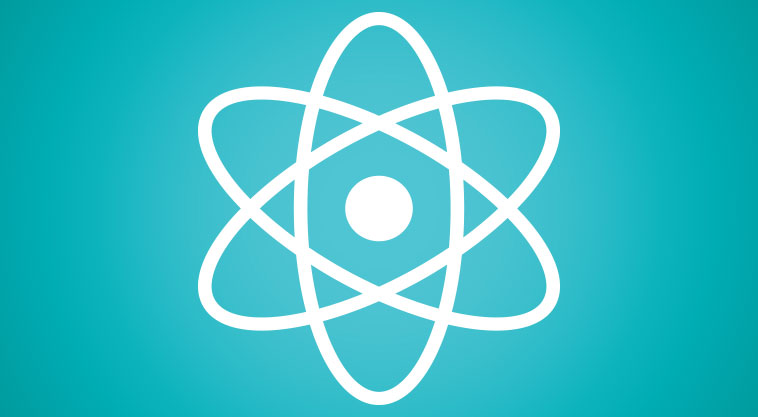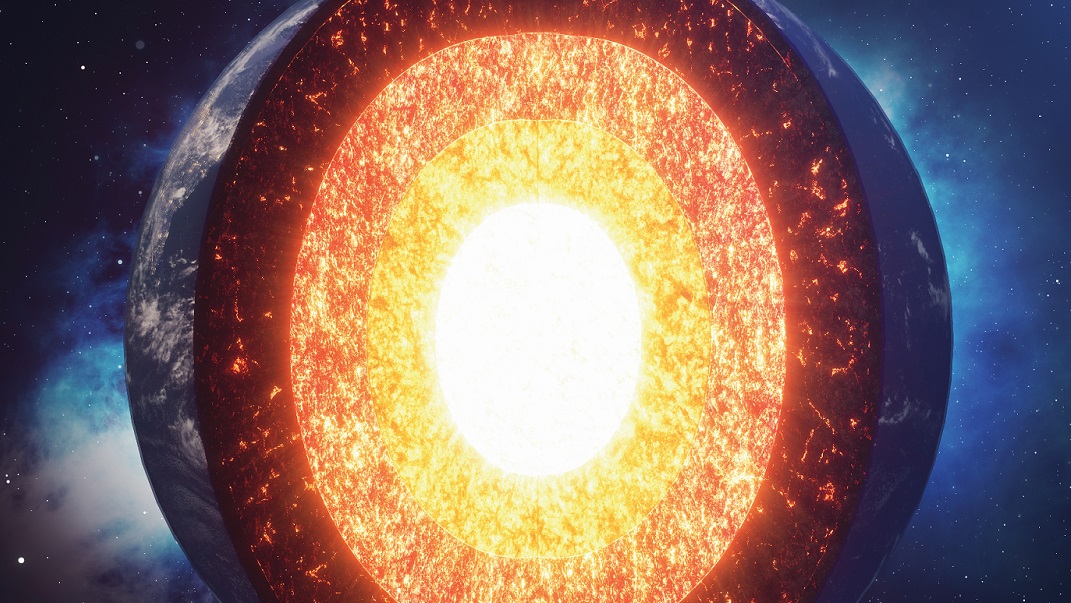Desensitized Souls

Our faith is intrinsic, but it can be dimmed
With Rav Moshe Wolfson, written by Baila Vorhand

This was standard, as the Tanya states, “Even very lowly and sinful Jews will usually sacrifice their lives and suffer terrible torture in order to sanctify Hashem’s name.” It was a given that Jews willingly sacrificed their lives.
But we know that most Jews today are not ready to offer their lives for Hashem. Many Jews of the last century abandoned Judaism for reasons far less compelling than an auto-da-fé or a lynch mob. What happened? What is the critical difference between our times and the Baal HaTanya’s?
An Eaglet in a Chicken Coop
The egg of an eagle lands in a chicken coop. After hatching, the eaglet learns to behave like his “siblings” in the coop. Being surrounded by birds who can’t lift themselves more than a few feet above ground, the eaglet, if placed on a roof, would not know how to come down safely, even though it’s designed to fly.
There are zoos where tigers and lions can be petted, and not because the animals are drugged into peacefulness. Having been lovingly raised and provided for by humans from infancy, their predatory hunter instincts become dormant. If these animals were placed in the wild, they’d die from hunger.
These examples show that if a creature is placed among those not its kind, its natural instincts become damaged.
Three Sins
The Tzemach Tzedek, the Baal HaTanya’s grandson, points out an exception to the Baal HaTanya’s rule that Jews are willing to sacrifice their lives. He says that the Jew’s willingness will be eroded if he: eats chometz on Pesach, drinks chalav akum (non-Jewish milk), or marries a non-Jew. A Jew who commits one of these three aveiros, he maintains, will not instinctively offer his life for Hashem.
There are many aveiros in the Torah, and all of them damage the soul of a Jew. Why would the three sins enumerated by the Tzemach Tzedek prevent a Jew from offering his life for Hashem? Furthermore, can the serious prohibitions of eating chometz on Pesach and intermarrying be compared to that of chalav akum, drinking milk that was milked by a non-Jew in the absence of a Jewish witness, which is merely a rabbinic prohibition?
The fundamental nature of Pesach is that it’s when the line between Jew and non-Jew was drawn. When Hashem wanted to redeem His people from Mitzrayim, He found their dormant Jewish instinct of emunah concealed beneath layers of lust for idol worship. Hashem gave them the mitzvah of Korban Pesach and said, “Mishchu u’kechu lachem tzon — draw away and take a sheep for yourselves” (Shemos 12:21).
What were Jews to draw away from? From idol worship. Jews were to shake off the Egyptian influence, which had induced them to worship foreign powers, and allow their emunah instinct to be reawakened.
Although it was on Shavuos that the Jewish People became the nation of Torah, on Pesach, with the arousal of the Jewish instinct of emunah, Jews became Jewish. Because Pesach makes Jews Jewish, one who cuts himself off from Pesach by eating chometz simultaneously cuts himself off from his Jewishness and his instinct of emunah becomes deactivated.
One who marries a non-Jew obviously connects himself very deeply to non-Jewishness. Like the eagle among the chickens or lions raised in captivity, being immersed in the environment of a foreign species will erode a creature’s native instincts. The intermarried Jew will have his Jewish instinct of emunah severely damaged.
Chalav akum, which doesn’t seem to be all that serious of a sin, and is only a rabbinic ordinance, actually has very serious repercussions. Our food forms us; our body tissues are comprised of the nourishment we ingest, and, because everything material has a spiritual counterpart, the spiritual component of the food becomes part of our souls.
Thus, the damaging effect of drinking non-Jewish milk is very deep. While the molecules of the non-Jewish milk become part of our cells, the spiritual component unites with our neshamos. Since chalav akum is non-Jewish, it dilutes the Jewishness of our neshamos, deactivating its emunah instinct. (It should be noted that the Tzemach Tzedek is addressing chalav akum, and not "chalav stam," the subject of Rav Moshe Feinstein's well-known teshuvah.)
All these aveiros enumerated by the Tzemach Tzedek prevent a Jew from instinctively offering his life for Hashem. Eating chometz on Pesach, marrying a non-Jew, and drinking chalav akum brings non-Jewishness into us. They dilute our sense that we have no true existence without Hashem in our lives.
The Tragedy of Non-Jewish Jews
Ashkenazic Jews spent over one thousand years in Europe, first in France and Germany, then in Poland and Russia. As a whole, they never had a good day under the jurisdiction of bnei Eisav. Surrounded by enemies in the village, or cordoned off in way-too-small ghettos, ruled by egocentric, mostly anti-Semitic lords, our grandparents clearly sensed that they were strangers among their countrymen.
Furthermore, the culture of the illiterate, almost always drunken peasant, and wildly superstitious non-Jewish neighbor, was hardly attractive to them. For over a thousand years, the dysfunction of non-Jewish society preserved the Jews as a people completely apart.
Then, winds of change began blowing from the West. Suddenly, the rabid anti-Semite was hidden behind a veneer of elite intellectualism and sophistication. Jews, who value anything related to intelligence, began feeling inferior to their nose-in-the-air, cultured, non-Jewish neighbors. Then came Mendelsohn who advised Jews to be a “Jew at home, a man in the street,” and Jews began becoming less Jewish.
As Napoleon marched eastward, bringing with him ideas of enlightenment, equality, and freedom, tzaddikim remained deeply divided in their reaction. Some, among them the Baal HaTanya, used their spiritual powers to halt him in his tracks. The Baal HaTanya knew that if Napoleon won, the bitter decrees of the hated czar would be gone, but Jews would begin admiring what appeared to be a superior civilization and would want to be more “French than the French.”
While others disagreed, the Baal HaTanya’s opinion proved to hold true. Western European Jews assimilated and disappeared. Eastern European Jews suffered bitterly, but, until the enlightenment reached them much later, they by and large remained Jews.
In speaking of a Jew’s readiness to sacrifice his life, the Baal HaTanya was speaking of the pre-enlightened Jew. Even if a Yid was overcome by passion and sinned, violating multiple Torah commandments, generally, his Jewish instinct of emunah was not damaged.
Chometz on Pesach, marry a non-Jew? Not an option for your average Getzel in the shtetl. And even if he wanted to drink chalav akum, was it worth all the bother to acquire it? Furthermore, what kind of non-Jewish culture enticed him? A drunken dance at the bar where glass bottles smashed through the windows?
Thus, the Baal HaTanya’s assertion, “The majority of the time, even sinful and lowly Jews will sacrifice their lives rather than convert,” held eminently true in his times. In our times, though it’s extremely hard to preserve our neshamah’s natural knowledge of Hashem, it is possible.
How? By living fully vibrant Jewish lives and avoiding immersion in non-Jewish culture, as will be more fully explained in the next installment.
In a nutshell: The Jewish instinct of emunah which has been diluted through contact with non-Jewish items might cause an unwillingness to sacrifice one's life for Hashem.
(Originally featured in Family First, Issue 656)
Oops! We could not locate your form.



